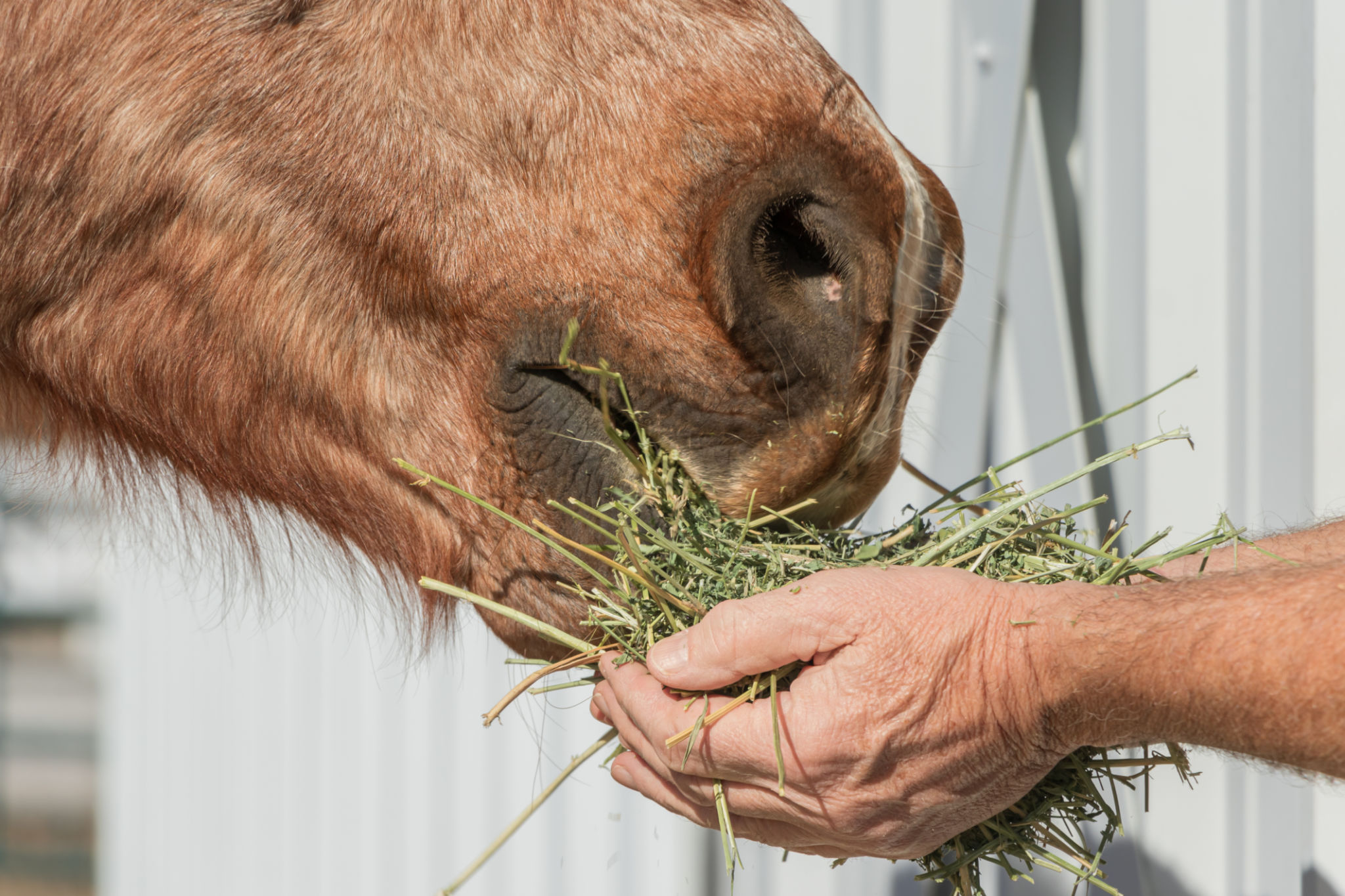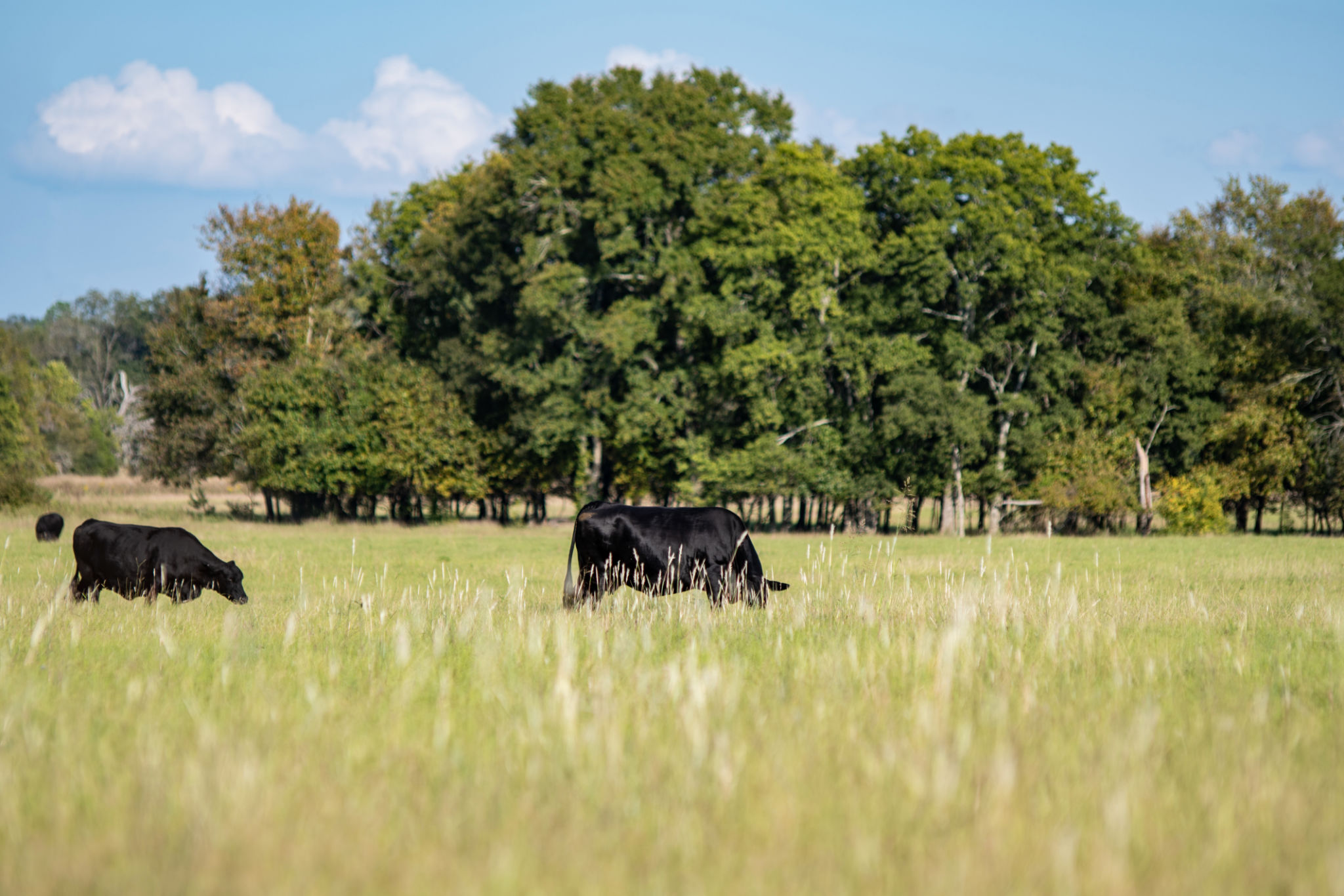Understanding the Different Types of Hay and Their Uses
Understanding the Basics of Hay
Hay is a crucial part of the diet for many livestock and plays a vital role in agriculture. It is essentially dried grass or legumes that are harvested and stored as animal fodder. Understanding the different types of hay and their specific uses can significantly impact animal health and farm productivity.

The nutritional content of hay can vary widely depending on the plant species, maturity at harvest, and storage practices. Farmers and livestock owners must select the right type of hay to meet their animals' dietary needs. This selection process is essential for maintaining healthy animals and optimizing feed efficiency.
The Main Types of Hay
Alfalfa Hay
Alfalfa hay is widely regarded as one of the most nutrient-rich hays available. It is high in protein and calcium, making it an excellent choice for dairy cows, horses, and young livestock with higher nutritional requirements. However, due to its richness, it should be fed in moderation to avoid digestive issues.

Timothy Hay
Timothy hay is popular due to its balanced nutritional profile. It offers a good mix of fiber and energy without being overly rich in protein or calcium. This makes it suitable for a wide range of animals, including horses, rabbits, and guinea pigs. Its texture also promotes dental health in small animals.
Other Types of Hay
Bermudagrass Hay
Bermudagrass hay is a warm-season grass that thrives in southern climates. It is known for its fine texture and moderate protein levels. This type of hay is often used for horses and cattle, providing adequate nutrition while supporting digestive health.

Orchardgrass Hay
Orchardgrass hay offers a palatable and nutritious option for many livestock species. It is often mixed with other grasses or legumes to enhance its nutritional value. Orchardgrass is favored by horse owners for its softness and digestibility, making it an excellent alternative to timothy hay.
Choosing the Right Hay for Your Animals
When selecting hay, consider your animals' specific dietary needs. Here are some factors to keep in mind:
- Age and Activity Level: Younger animals and those with high activity levels may require richer hays like alfalfa.
- Health Conditions: Animals with certain health issues may benefit from specific types of hay.
- Nutritional Balance: Consider mixing different hays to provide a balanced diet.
Storage and Quality Considerations
The quality of hay can deteriorate if not stored properly. Ensure that your hay is kept in a dry, well-ventilated area to prevent mold growth and nutrient loss. Always inspect hay for quality by checking its color, smell, and texture before feeding it to your animals.

In conclusion, understanding the different types of hay and their uses is essential for anyone involved in animal husbandry or farming. By selecting the appropriate type of hay and ensuring its quality, you can support the health and productivity of your livestock effectively.
